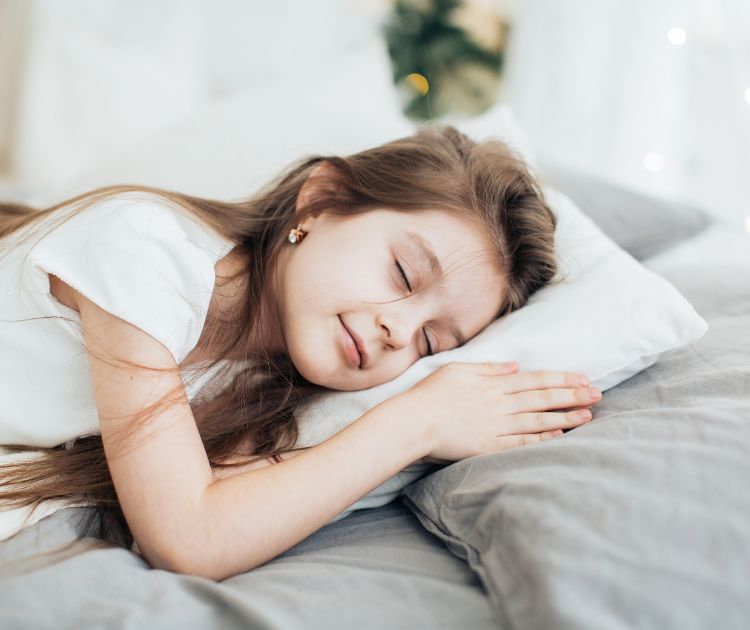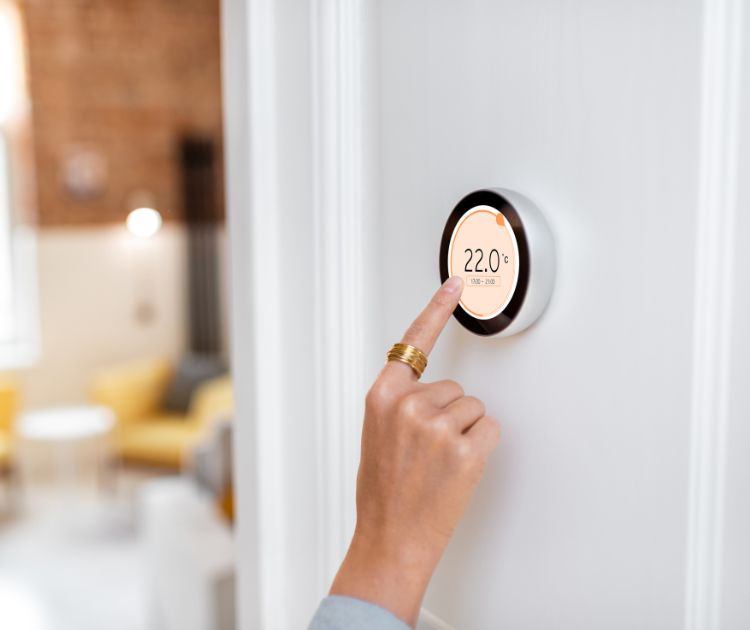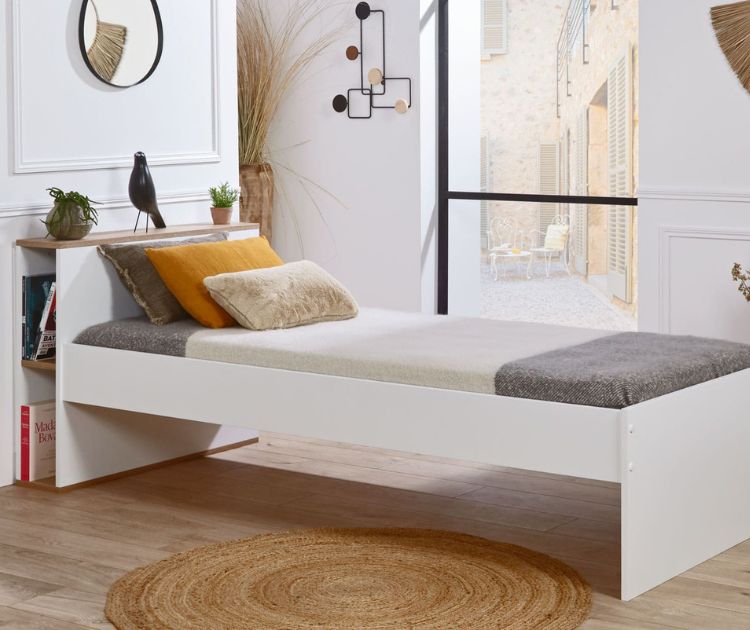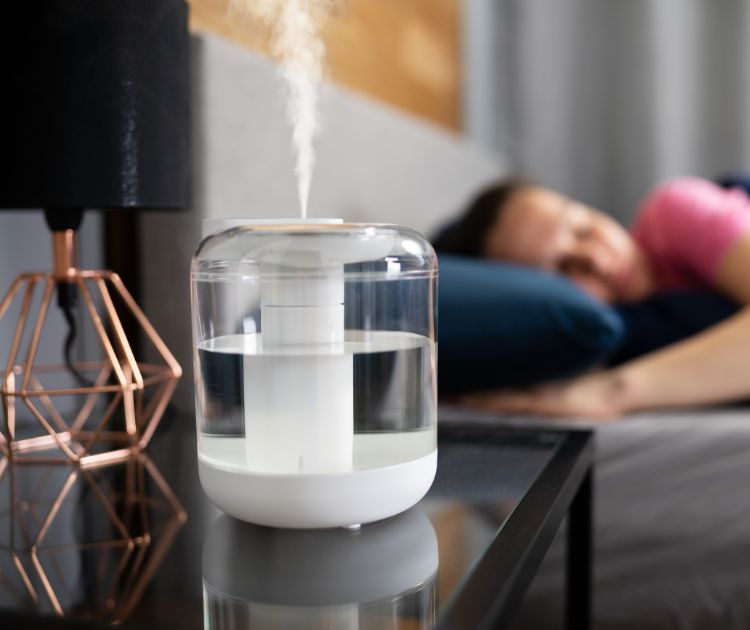Ideal Temperature for a Child's Room: Ensuring Optimal Sleep

Children's room:
the ideal temperature
A child's sleep is crucial for their growth and well-being. Poorly adjusted temperature in their room can disrupt their sleep cycle and affect their health. A room that's too hot can cause sweating and frequent wakings, while an environment that's too cold can make falling asleep difficult and lead to illness. Finding the ideal temperature is therefore a major concern for parents worried about their child's comfort.
In this article, we will explore how temperature influences children's sleep and what solutions to implement to ensure an environment conducive to rest. We will discuss tips for properly regulating temperature, the impact of humidity and ventilation, as well as the importance of choosing appropriate furniture and equipment.
The importance of temperature on children's sleep
A child's sleep is influenced by many factors, including room temperature. Excessive heat or low temperature can cause sleep interruptions, night wakings, or difficulty falling asleep. Since young children's body temperature regulation is still immature, they are more sensitive to temperature variations.
It is generally recommended to maintain a temperature between 18°C and 20°C to promote deep and restorative sleep. This temperature range ensures optimal comfort without the child feeling cold or sweating excessively. A stable temperature also helps establish an effective sleep routine by avoiding discomfort that could disturb nights.

How does temperature affect your child's sleep cycle?
Temperature plays a key role in sleep regulation. During the night, the body naturally lowers its temperature to promote sleep. A room that's too warm disrupts this mechanism and can lead to frequent micro-awakenings, making sleep less restorative.
Conversely, a temperature that's too low forces the body to produce more heat, which can interfere with the muscle relaxation necessary for deep sleep. Newborns, in particular, have a limited ability to regulate their body temperature, making them more vulnerable to ambient conditions. It is therefore essential to adjust room temperature according to their age and physiological needs.
The risks of a room that's too hot or too cold for baby's health
An unsuitable temperature in the baby's room can lead to several health issues in children. A room that's too hot increases the risk of dehydration and night sweats, promoting the appearance of heat rash and skin irritations. Additionally, an overheated environment can cause respiratory problems and increase the risk of sudden infant death syndrome.
Conversely, a room that's too cold can lead to colds, nasal congestion, and difficult breathing. With the child's body constantly working to maintain a stable body temperature, this can also cause excessive fatigue and lower quality sleep. To avoid these issues, it's crucial to properly adjust the temperature and use appropriate solutions to maintain it stable throughout the night.
Tips for maintaining an ideal temperature in the room
Maintaining a stable temperature in the child's room requires special attention to layout and equipment used. Certain elements such as furniture choice, accessories, and humidity management play a major role in thermal regulation.
There are several good practices for adjusting temperature without resorting to costly or energy-intensive solutions. Good insulation, daily ventilation, and textile choices can make a big difference.

Choosing the right bed and appropriate bedding to regulate heat
Choosing the child's bed and bedding is essential for ensuring comfortable sleep and avoiding nighttime temperature variations. A breathable mattress and suitable bed base allow better air circulation and limit heat retention.
Sheets and blankets must be chosen carefully:
- Favor natural materials like cotton or linen, which promote good thermoregulation.
- Avoid overly thick blankets that can cause overheating.
- Adapt bedding according to seasons, opting for lighter sleep bags in summer and warmer ones in winter.
A good mattress combined with breathable bedding ensures optimal comfort and limits the risks of excessive sweating or nighttime cooling.
Using safe accessories to adjust temperature
Besides bedding, several accessories can help maintain an ideal temperature in the room. Here are some practical solutions:
- Thermal curtains, which limit heat loss in winter and keep coolness in summer.
- Air humidifiers, useful in winter to prevent the air from becoming too dry.
- Silent fans, which allow air circulation without creating direct cold drafts.
These accessories, when well-chosen, help improve the room's thermal comfort without endangering the child.

Understanding the role of humidity and ventilation
Humidity and ventilation are two often overlooked parameters in room temperature management. Air that's too dry or too humid can harm a child's sleep and health.
Good ventilation allows for air renewal and elimination of excess humidity or dust particles that could disturb the child's well-being. Optimal management of these elements contributes to a healthy and pleasant environment.
Why is good ventilation essential for a healthy environment?
Daily ventilation is necessary to prevent pollutant build-up and ensure good air quality. Opening the window for 10 to 15 minutes each day allows for oxygen renewal and elimination of toxins present in the room.
Poorly renewed air can promote allergen spread and make the atmosphere heavier, thus harming the child's sleep. Good ventilation therefore contributes to better thermal and respiratory balance.
How does humidity influence your child's comfort and health?
The ideal humidity level in a child's room is between 40% and 60%. Air that's too dry can cause respiratory tract irritation and nasal discomfort, while excess humidity promotes mold formation and dust mite proliferation.
To adjust humidity:
- Use a humidifier in winter if the air is too dry.
- Ventilate daily to prevent humidity stagnation.
- Avoid drying laundry in the room, which can increase humidity levels.
Good humidity and ventilation management contributes to a consistent temperature and more peaceful sleep.
To learn more about humidity in the baby's room, see our article on the subject













 Choosing the right baby blanket dimensions according to season and age
Choosing the right baby blanket dimensions according to season and age
 How to attach a headboard (with or without drilling): quick and effective soluti
How to attach a headboard (with or without drilling): quick and effective soluti
 Waterproof sheet or mattress protector: the best solution by age group
Waterproof sheet or mattress protector: the best solution by age group
 27 Original, Useful, and Trendy Christmas Ideas for Teens 2025
27 Original, Useful, and Trendy Christmas Ideas for Teens 2025
 Christmas Activities for Baby: Creative Ideas for Home & Daycare
Christmas Activities for Baby: Creative Ideas for Home & Daycare